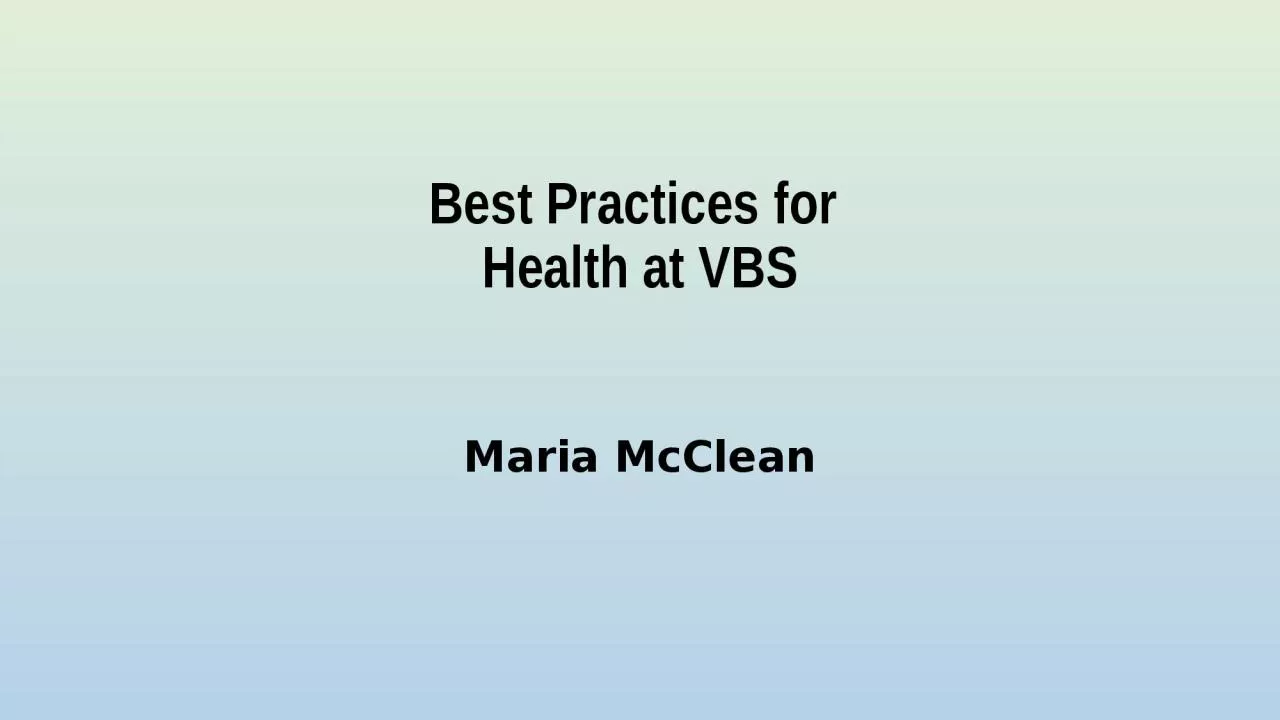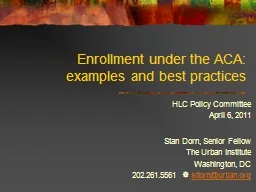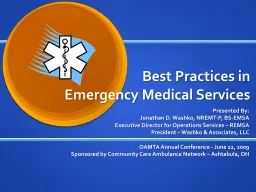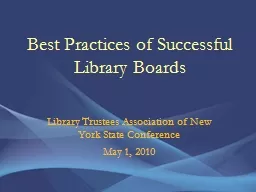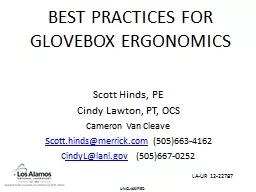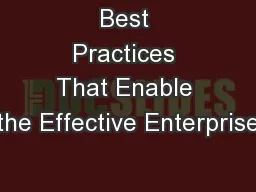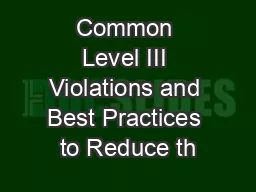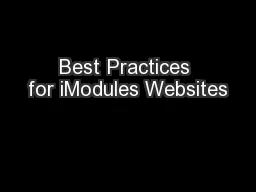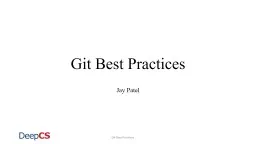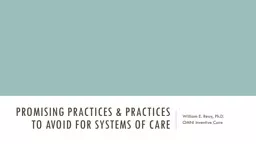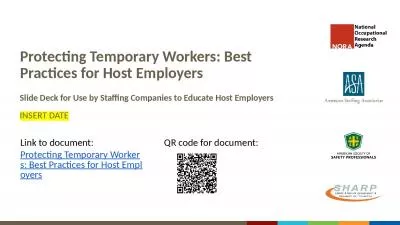PPT-Best Practices for Health
Author : ash | Published Date : 2024-01-03
at VBS Maria McClean Create safe spaces for children Reminders Follow all pandemic protocols Registration forms must be completed fully Ideally all volunteers
Presentation Embed Code
Download Presentation
Download Presentation The PPT/PDF document "Best Practices for Health" is the property of its rightful owner. Permission is granted to download and print the materials on this website for personal, non-commercial use only, and to display it on your personal computer provided you do not modify the materials and that you retain all copyright notices contained in the materials. By downloading content from our website, you accept the terms of this agreement.
Best Practices for Health: Transcript
Download Rules Of Document
"Best Practices for Health"The content belongs to its owner. You may download and print it for personal use, without modification, and keep all copyright notices. By downloading, you agree to these terms.
Related Documents

